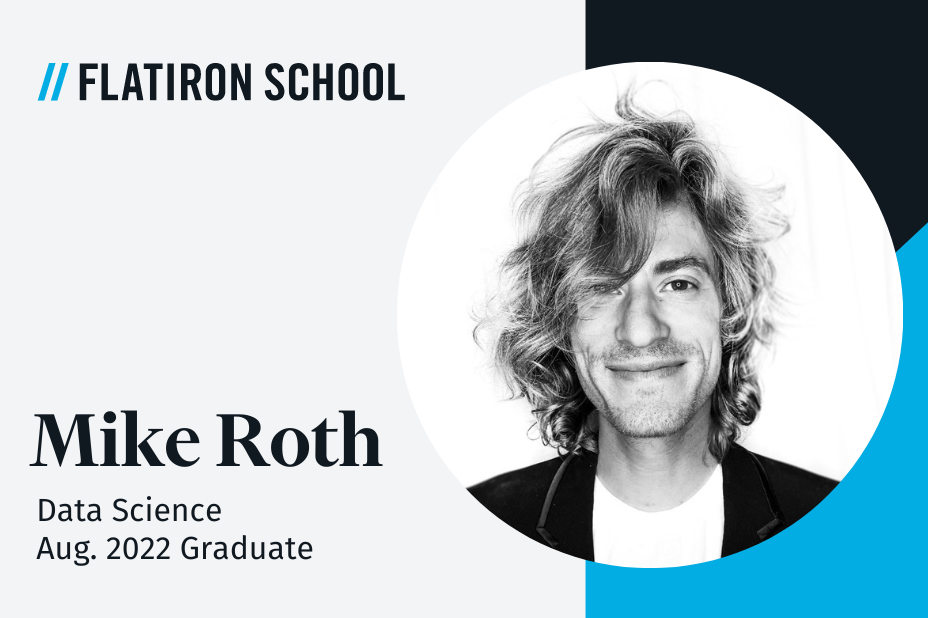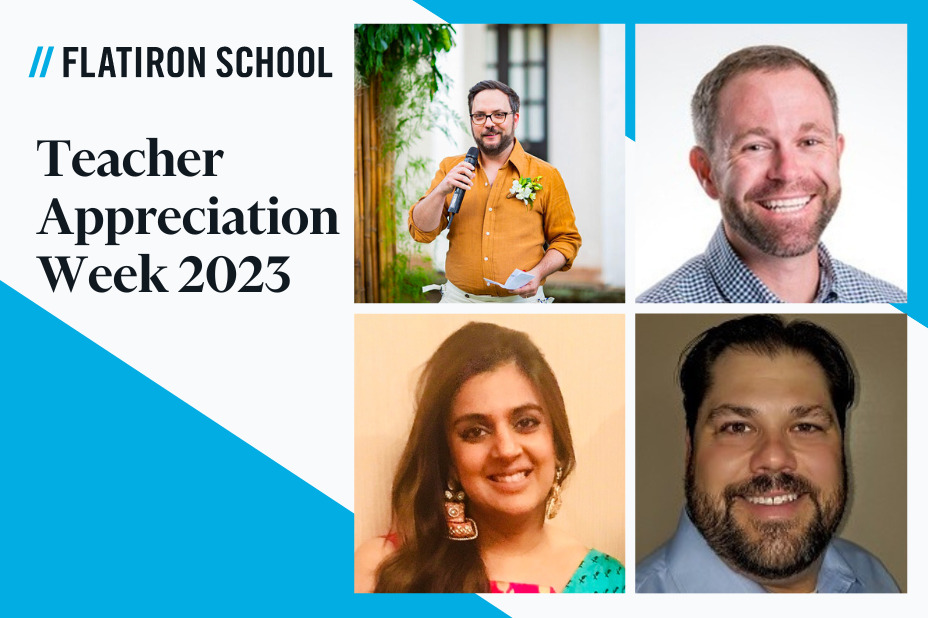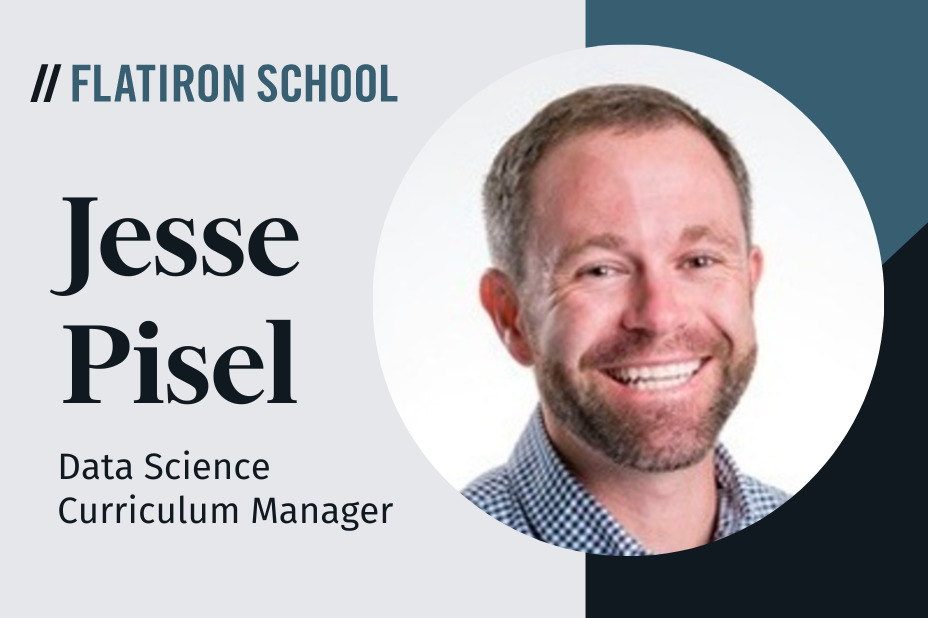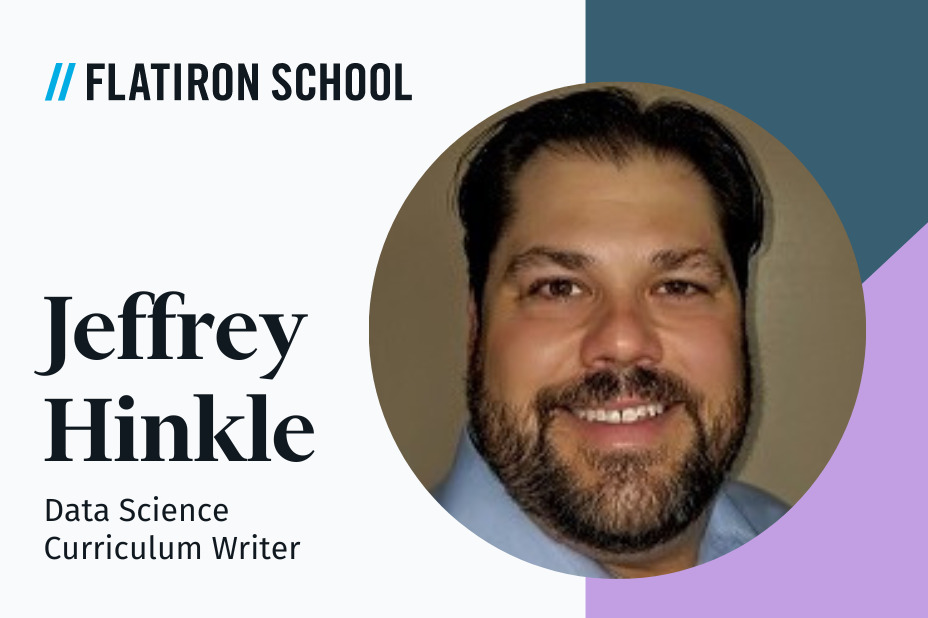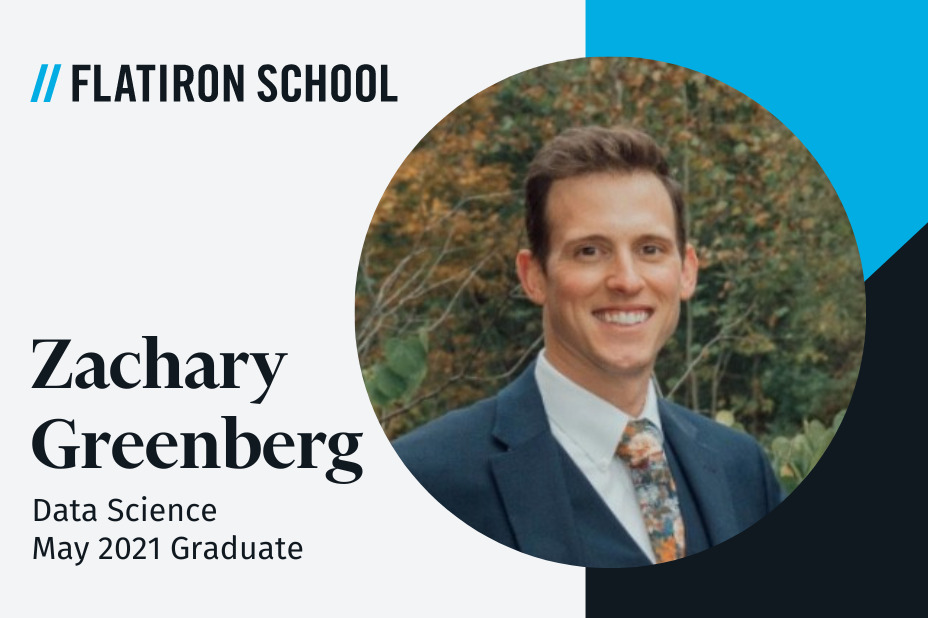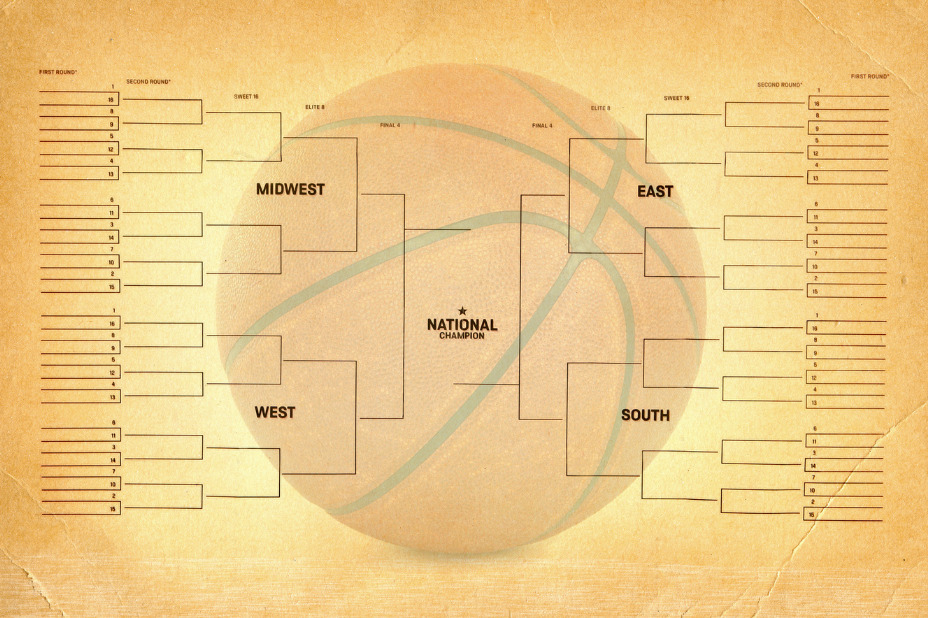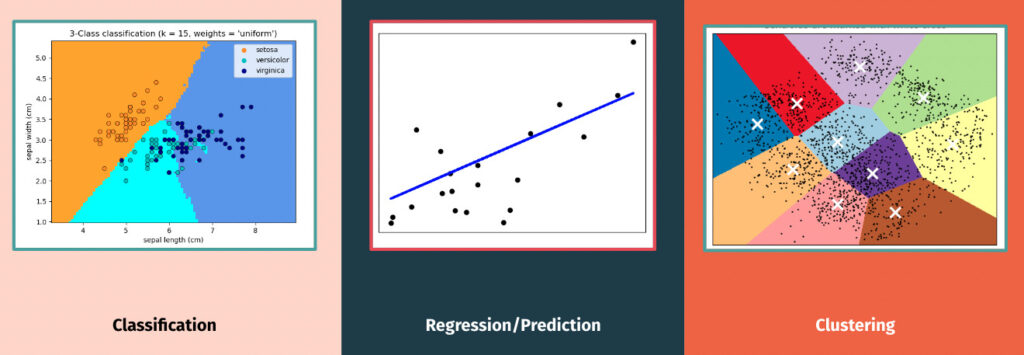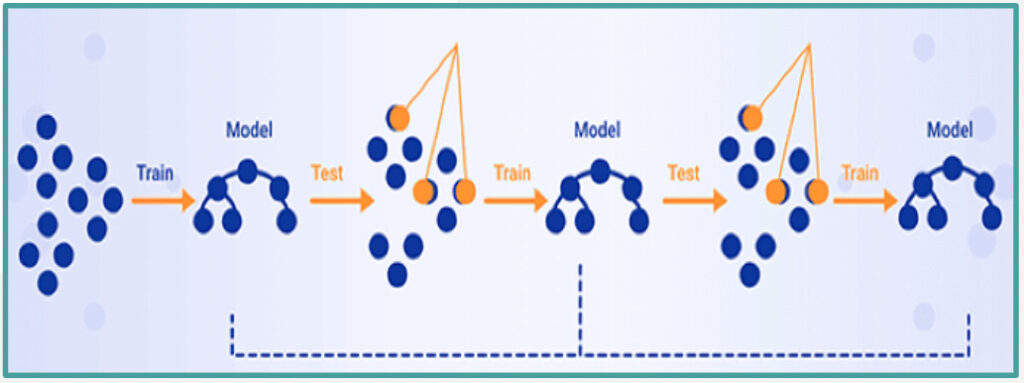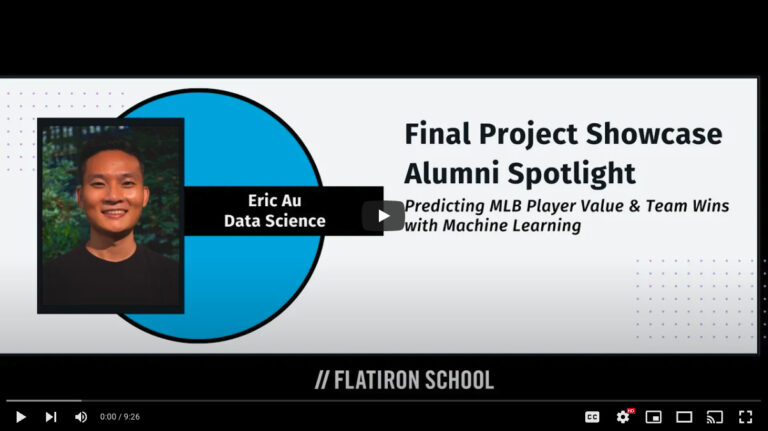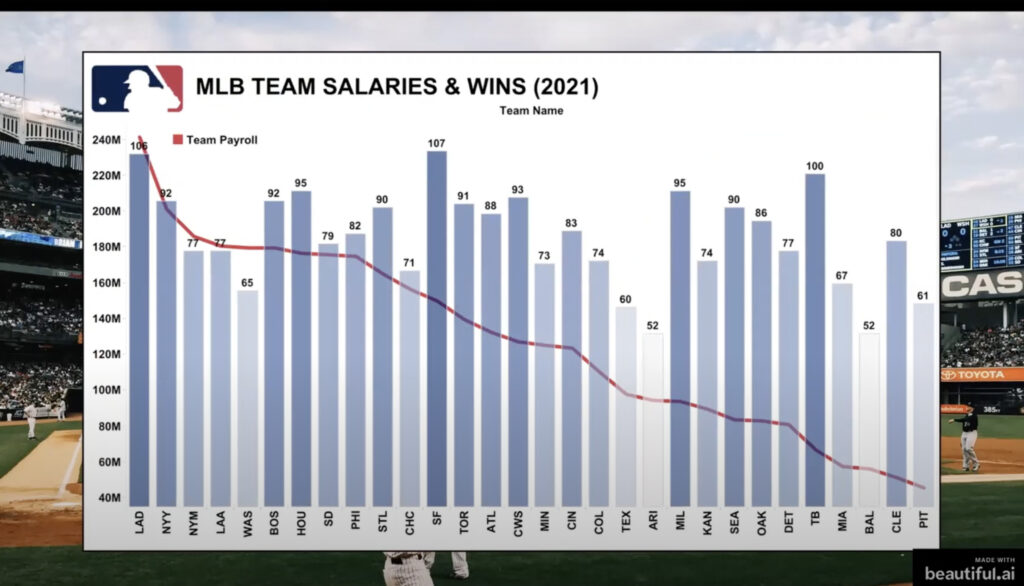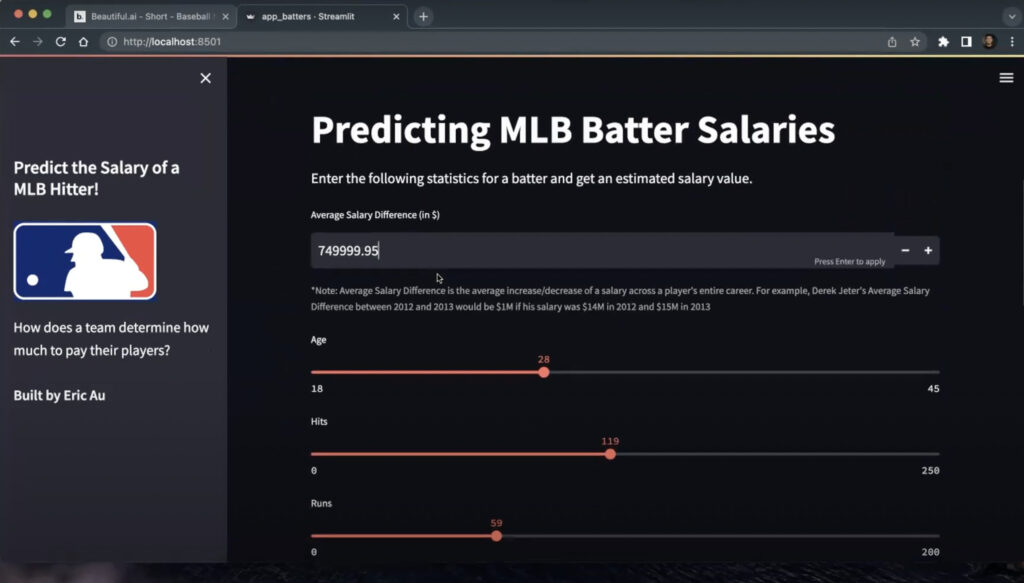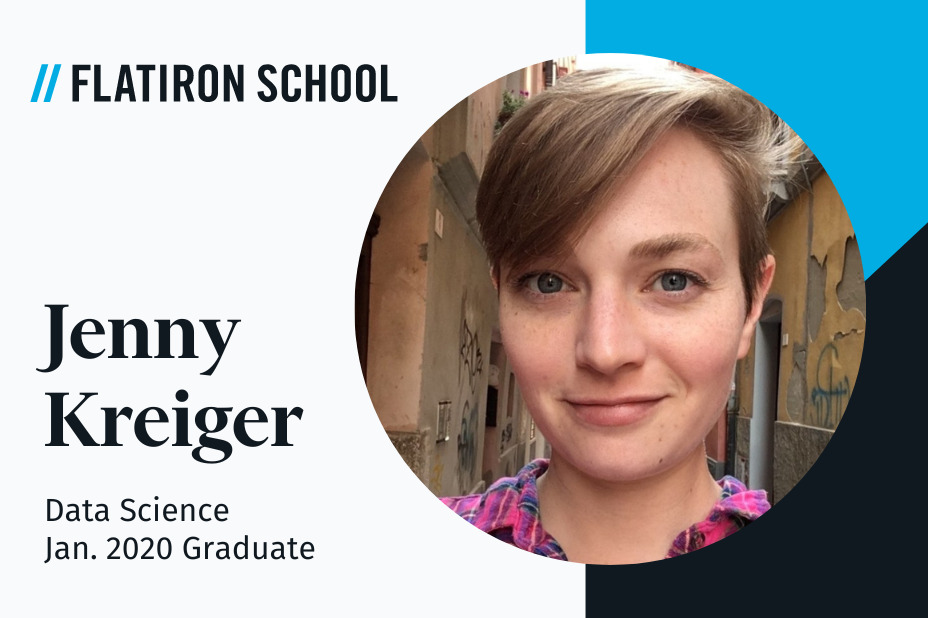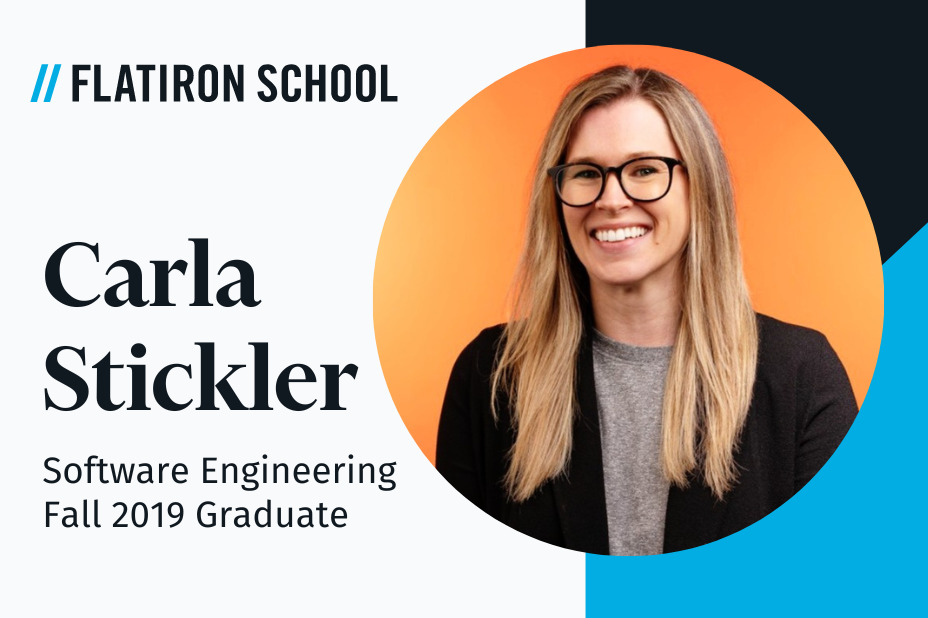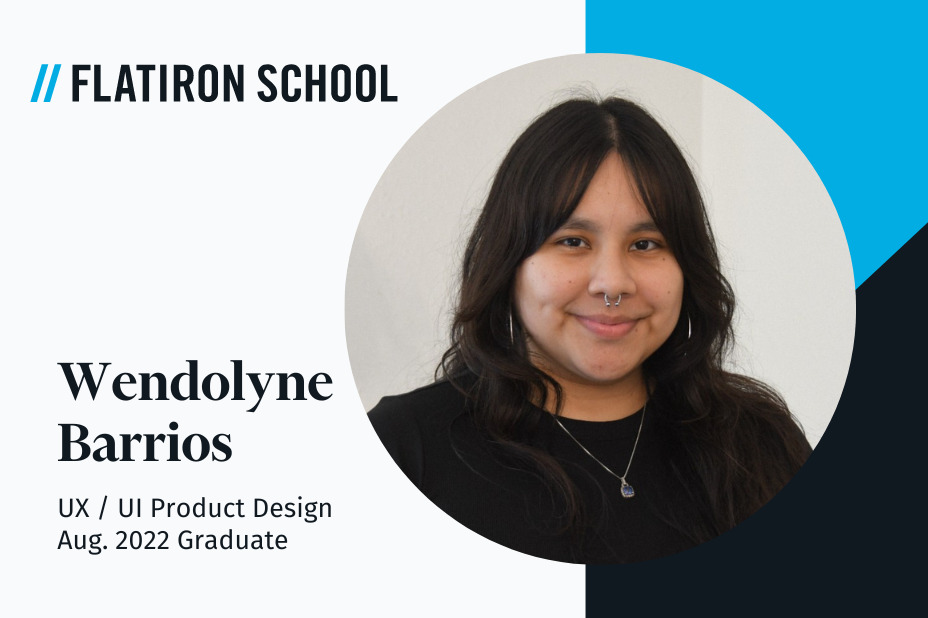This article on interview prep with AI is part of the Content Collective series, featuring tips and expertise from Flatiron School Coaches. Every Flatiron School graduate receives up to 180 days of 1:1 career coaching with one of our professional coaches. This series is a glimpse of the expertise you can access during career coaching at Flatiron School.
My grandfather was known to say to his kids and grandkids when they received an invitation to interview for a job, “You get the interview. You get the job!” It was his enthusiastic way of communicating his confidence in our abilities. His belief, in part, meant that the hard work put into acquiring the interview (studying, relationship-building, practicing or honing our skills) would also serve us well performing in the interview itself.
There’s no question that the job market has evolved quite a bit since my grandfather’s day. With the introduction of AI assistant tools like ChatGPT, preparing for interviews has become more efficient than ever. If used creatively alongside thoughtful and responsible editing and practice, the following approach can turbo-charge your confidence.
How To Use AI Assistant Tools For Interview Prep
If you’ve been on an interview for a job or been on a first date, you may recall how much preparation can go into such an event. From selecting the right outfit to finding the words to express why you’re interested without coming across as desperate, it can be a lot to think about.
One of the most nerve-wracking parts is preparing to answer an interviewer’s questions that you can’t see ahead of time while weaving in your prior experience and how it will bring value to the organization.
When it comes to interviewing for a job, AI assistant tools like ChatGPT can alleviate this prep work with key entries or “prompts,” a term (and even a new job category of “prompt engineer”) being promulgated by this new technology.
Time to (role) Play!
Before diving into specific interview prompts, it’s helpful to view ChatGPT and other AI assistants like BingAI and Bard as just that – an assistant, or rather, a person. Give the assistant a specific role to play and give it as much information – or context – as it may need to play the role (that of an interviewer in this case) as accurately as possible.
Context is critical in interviewing, whether you’re using AI to help you prepare or a real person like your Career Coach. A company is hiring you not to do just any job and not to solve just any problem. A good company has a very specific problem, has very specific jobs or responsibilities to tackle the problem, and if hiring, is looking for a specific person who has the right experience, skills, and adaptability to help solve the problem.
Put It Into Action With AI
Enter the following prompt into the chatbot to give the AI assistant a role to play and as much context as possible to generate interview questions.
Play the role of a <job title> for <insert company of your choice> (e.g., Spotify) who is hiring for a <insert job title> to join their team. The job description is <paste in the text from the job description on the company’s website>. What questions will you ask the candidate during the 45-minute interview to determine whether or not you will offer them a job to join your team?
Watch as the AI assistant creates a list of questions that have remarkable relevancy to help you begin preparing for how best to respond.
Additional iterations:
- In the same chat, enter the prompt “Now condense this list of questions to the top 5 questions.”
- If you have a LinkedIn profile of the hiring manager, try entering the text from the profile and regenerating the first prompt to give the chatbot even more context about the role it’s playing as a hiring manager. See if the questions change. What do you notice?
Now, what to do with those AI-generated questions?
With these questions in mind, it’s time to start creating what you might say in response.
You can also use AI assistants like ChatGPT to generate some ideas. And, just like the example above, you’ll want to give ChatGPT as much context as possible to produce the most accurate “like you” types of responses.
Put into Action:
Enter the following prompt into the open chat you started above (i.e., do not start a new chat from scratch) to give the AI assistant a role to play and as much context as possible.
Now play the role of an interview candidate who has been selected to interview for the same open position of <insert job title>. Your resume is <paste into the chatbot the text of your resume> (tip: use your LinkedIn profile if it contains even more details and experience). How would you answer <insert one question at a time from the list above> in 60 seconds?
Watch as the AI assistant creates an answer using the inputs you gave it. What do you notice? Does it sound like your voice? Does it pull in the right experience? What’s missing from the answer it gives you? Should it be longer or shorter?
Additional iterations:
- Ask the chatbot to regenerate responses using the STAR method.
- Begin a new chat and ask the chatbot to create a 60-second introduction about yourself. Give it different scenarios in which you might introduce yourself (e.g., at the beginning of an interview, at an industry conference, or at a cocktail party).
- Use elements of the prompts above to create a follow-up thank you note to the interview that takes place, adding new information you gather from the interview itself (e.g., the questions actually asked of you and any other important or fun details from the interview you want to use to personalize your follow-up).
Rules of Thumb For Interview Prep With AI
When employing an AI assistant, it’s beneficial to follow a couple of key guidelines to achieve the best outcomes. Carefully read the output, maybe 2-3 times, and reflect on several introspective questions.
Personalize & Contextualize
Does the AI-generated response sound like something I would say? Do the responses integrate the right context, accounting for nuances in my experience, and what I’ve learned about the company’s business, culture, and challenges? Not sure? Record yourself reading the response and listen back. What do you notice? What would you change?
Be Honest
Do I fully understand the response it generated? Do I understand the terms and concepts enough to answer follow-up questions reasonably well? Not to worry if the answer is no. Being honest about your responses to these questions will provide a helpful list of topics to prepare yourself confidently for the interview.
Practice and Seek Feedback
Now that you’ve got a solid starting point with your AI-generated questions, it’s time to put those responses into practice. Reading from a script is obvious. Not to mention, it defeats the point. Hiring managers are real people who are still hiring real people, even if AI tools are growing in acceptance in work environments.
First, schedule an interview prep session with your Career Coach. Send them the job description ahead of time along with the questions ChatGPT gave you. Ask them to alter the wording of each question slightly, putting them into new words or in a different order.
Next, put away the responses to the questions from ChatGPT and practice responding in your own words. How does it feel?
Keep practicing after your coaching session, recording your responses with tools like Loom or Riveter to listen and give yourself feedback. Send the recordings to your coach or a friend for additional feedback.
The more practice we have relaying our experience and skills – hard and soft – to a variety of interview questions, the more comfortable we become when under pressure. Once you’re comfortable with 70% of the questions, practice the tougher questions at least a couple more times for good measure, and then take a break. Let your brain do work while you sleep, and rest easy(ier) knowing you’ve put in a solid effort preparing to ace your interview!
No job interview yet? No problem!
Repurpose the above prompts to fit prep work for an upcoming informational interview or networking conversation. Or, ask the chatbot to help you create an outreach message requesting an informational chat.
In whichever scenario you choose to employ an AI assistant, remember that it’s merely a tool and those who use tools thoughtfully, responsibly, and creatively often create impressive results.
About Lindsey Williams
Lindsey Williams is the Senior Manager of Coaching at Flatiron School. She has more than 15 years of experience in the tech and edtech spaces and has held a variety of roles from Recruiter and HR to Campus Director and Training Director.

